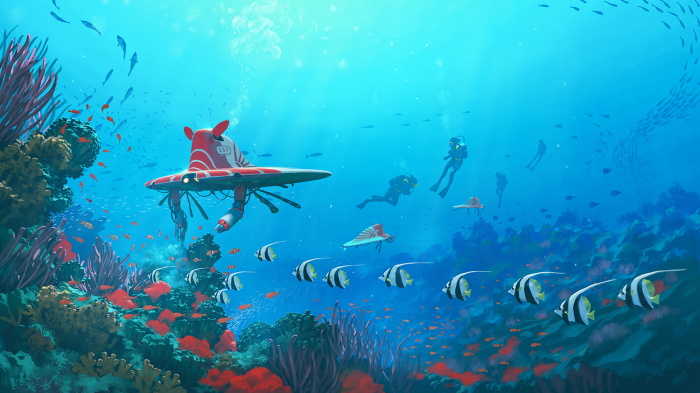Global shipping, fishing operations and pollution running into the sea from land have all taken their toll on the world’s seas, including some of the most remote areas.
Areas of true wilderness are vital as they are some of the most diverse parts of the ocean and the last places on Earth still inhabited by sizeable numbers of large predators like sharks.
Even the few fragments that remain are threatened as advanced fishing technologies and melting sea ice expose them to human activity.
Most of the remaining wilderness, which covers no more than 13 per cent of the world’s oceans, can be found in the polar regions and around remote Pacific Island nations.
The scientists behind the study have called for international agreements to recognise the unique value of these zones.
Kendall Jones of the University of Queensland, who led the research, said they were “astonished by just how little marine wilderness remains”.
"The ocean is immense, covering over 70 percent of our planet, but we've managed to significantly impact almost all of this vast ecosystem,” he said.
Crucially, less than 5 per cent of the remaining wilderness is officially protected.
"This means the vast majority of marine wilderness could be lost at any time, as improvements in technology allow us to fish deeper and ship farther than ever before," explained Mr Jones.
"Thanks to a warming climate, even some places that were once safe due to year-round ice cover can now be fished."
The research, published in the journal Current Biology, used available data on 19 different human impacts such as fertiliser pollution, as well as fishing activities across the world.
They defined areas as wilderness if they were in the lowest 10 per cent of these impacts.
Wide variation existed in the extent of human impacts, with 16 million square kilometres of wilderness remaining in the warm Indo-Pacific, but less than 2,000 square kilometres in temperate southern Africa.
Efforts are being made to protect some of the remaining wilderness regions, such as the push to create the world’s largest marine sanctuary in Antarctica.
The authors of the new paper backed calls for international efforts to protect the oceans, such as the “Paris agreement for the ocean” currently being negotiated by the UN, which would be a legally binding commitment under the existing Law of the Sea Convention.
The Independent
More about: science
















































